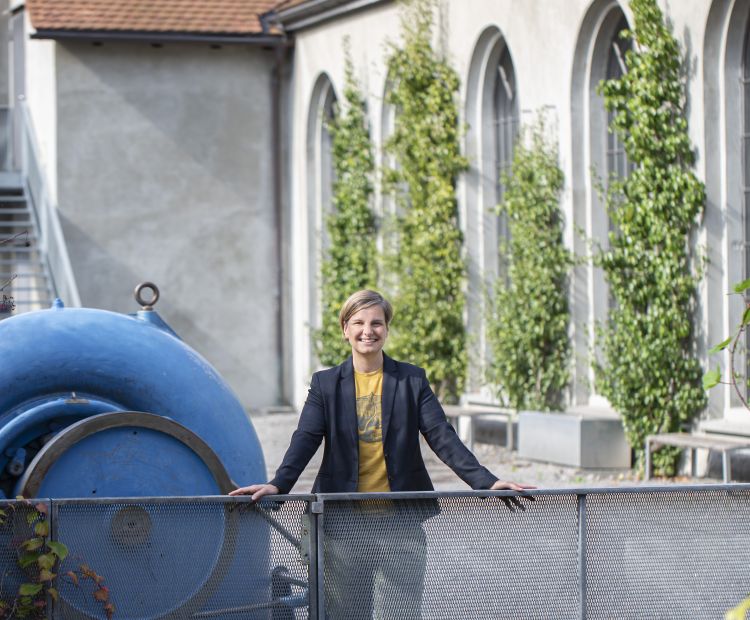“It’s time to take concrete and visible action,” says Ruth Swoboda, who in 2021 is celebrating her 10th year as the Scientific Director at the inatura in Dornbirn. Along with Managing Director Peter Schmid, she’s responsible for running the museum that attracts the highest number of visitors from Vorarlberg and far beyond the region’s borders. She’s managed to establish the inatura as a place of education and research to such an extent that also generates political impulses.
Ruth Swoboda used to be a top handball athlete. That makes her a team player through and through and the effort she puts into networking in Vorarlberg and across borders is remarkable. And it always looks as if every success were for her part of a great game that she is genuinely enjoying. When she retired from her athletic career, she turned to the study of biology and behavioural sciences focusing on greylag geese and jackdaws. She moved to Vandans for love and she says – quite modestly – that she’d expected to end up in sales somewhere or, if she was lucky, in placement work with an NGO. But in Vorarlberg she always met people who helped her and institutions that opened their doors wide to her. That’s something you get immediately when you meet her – she likes to share her enthusiasm and releases energies that you definitely wouldn’t want to miss. And there’s plenty to do.
Citizen science and schooling in the great outdoors
The energetic director also thinks that concrete action means that a museum, such as the inatura, should also take responsibility for raising the public’s awareness, for complying with its own sustainability criteria and for education and research as far as it is able to do so with a small team. To this end, she’s taken to using an approach that has emerged from the USA and the UK and is currently conquering Austria: citizen science. Citizen science draws on the support of dedicated and interested amateurs with such tasks, for example, as counting the number of butterflies that are living within a specific area. The figures are then analysed and used in research. A citizen scientist is defined, in the modern sense, as a member of society who participates in scientific work, often in collaboration with or under the guidance of professional scientists or scientific institutions. That’s what the Oxford English Dictionary says and the growing number of passionate amateur scientists confirms the impression that the model is a success. “It’s time to bring research back to grass roots and see it as a socially relevant endeavour,” says Ruth Swoboda. “Our research department now has a full-time equivalent of 200%, which is a very small team and which is why we decided three years ago to get as much help with our research as we could. We don’t want to leave scientific discourse to the experts alone – we want to get people involved in science as well. That’s why I’m so happy to announce that the 7th Citizen Science Conference will be taking place at our museum from 28 to 30 June 2022. All of this is also a political statement, I think it’s time to nail our colours to the mast. Everything that has been researched has to be understood by the population – that’s simply important. The climate report must not cause people to resign themselves to fate. We can all, of course, have a strong personal impact – every half of just one degree counts.”
The school in the great outdoors – a favourite project that the education team at the inatura Erlebnis Naturschau has organised in conjunction with interested schools – is pursuing a similar goal and consequently more than lives up to its name. Entire school classes hold their normal lessons outdoors; besides making biology lessons more interesting because they’re held right where the action is, this form of schooling further raises awareness among children and young people on a lasting basis. It also casts a glimpse into the future because the science director is strongly committed to deepening and broadening education and research. That includes the changing exhibitions, which attract around 120,000 visitors to the museum every year, and the extensive programme of schooling and excursions into nature as well as the museum’s educational programmes. The museum was breaking records before the pandemic with more than 1,000 groups of children and young people being welcomed indoors – all alongside the normal flow of visitors – and the figures have been reflecting the same intensity since the museum opened its doors again. “People feel a great need to reconnect with nature and they’re looking for others to show them how,” she says with a great big smile. We can only hope that her team will grow and that she’ll continue for another 20 years at least. But that’s not all – she has bigger plans.

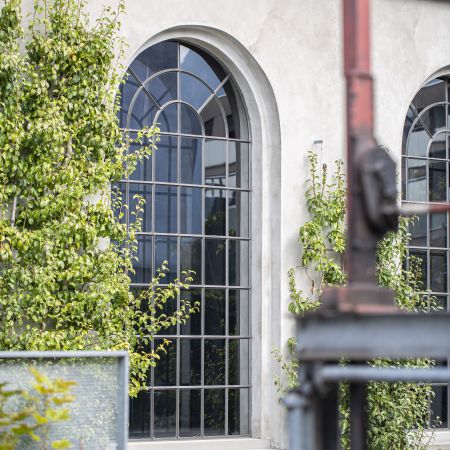
 Petra Rainer, Bodensee-Vorarlberg Tourismus
Petra Rainer, Bodensee-Vorarlberg Tourismus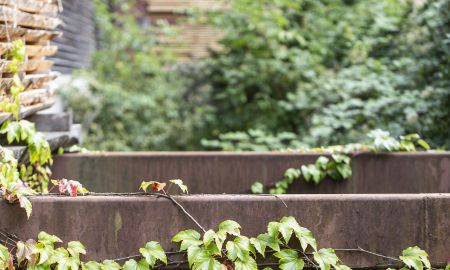
 Petra Rainer, Bodensee-Vorarlberg Tourismus
Petra Rainer, Bodensee-Vorarlberg Tourismus17 Sustainable Development Goals
Every employee has been working for months on an internal process to win the Austrian Eco Label for Museums. The process involves the re-examination of the entire operation and the redesigning of processes and materials wherever a need for action is uncovered with the aim of not only achieving compliance with the requirements for the Eco Label but also for the purposes of aligning the museum with the UN’s 17 Sustainable Development Goals (SDGs). “The SDGs, as these development goals are called, constitute the perfect tool. Our museum is predestined to work with the SDGs,” she says, describing, for example, the complex interrelationships on a small scale, such as the range on sale in the museum shop and how the products are manufactured through to the supply chains – right up to such overarching considerations as the loss of biodiversity. “It takes time to turn everything around and to really know where we stand. And when the shop has been reorganised, we’ll continue with the topics of economic growth and good jobs – we’ve been tasked with achieving SDG Target Number 8 in an Austria-wide challenge issued by the International Council of Museums (ICOM). It goes well with how we’re thinking about life in the region and with how we’re dealing with it at both the internal and regional levels. And that’s the point at which we return to networking because we’ve also been collaborating with the tourism sector, for example, for many years. You quickly see that the 17 goals can hardly be separated from each other and how they overlap with each other and how they could also be concrete starting points and tools for Vorarlberg as a region as well.”
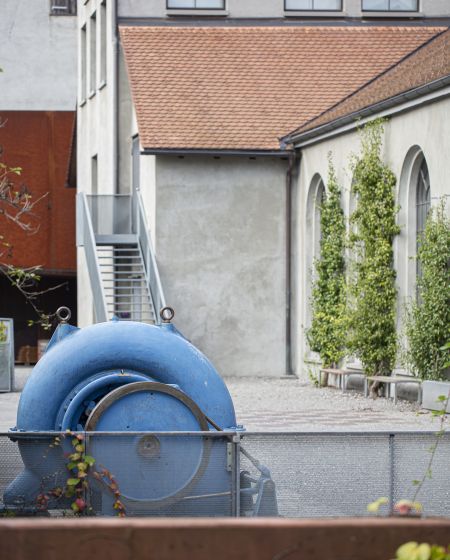

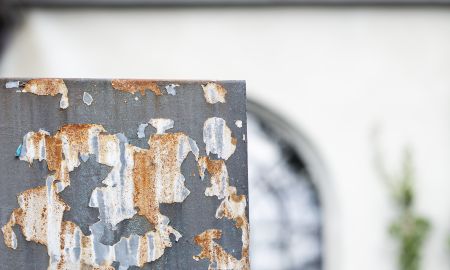
 Petra Rainer, Bodensee-Vorarlberg Tourismus
Petra Rainer, Bodensee-Vorarlberg TourismusLiving in Vorarlberg
In her private life, Ruth Swoboda, who originally hails from Lower Austria, alternates between an apartment in Dornbirn and the family home in Vandans. She doesn’t feel at all that living in the region is closed, quite the opposite: “Vorarlberg has opened up so many opportunities for me, things that you wouldn’t have thought of. What’s possible here, how networking is done, what’s on offer, the openness of the people here, all of that has really impressed me. I’d probably never have come into contact with such work as service design or the art of hosting – but here you simply meet the people in charge more quickly and are able to share – but, of course, you also have to say yes and open yourself up to that end but I’m not aware of any other federal state where you can simply meet up with to the provincial councillor and present a project to her. This straightforwardness and also the existing desire to get things done open up an incredible number of opportunities. And I’m enjoying that.”
All of which is really fortunate because it might instil in Ruth Swoboda the desire to continue working as hard as she does for a long time to come and to make sure that the Nature Experience World and the climate goals become firmly embedded within people’s minds.

